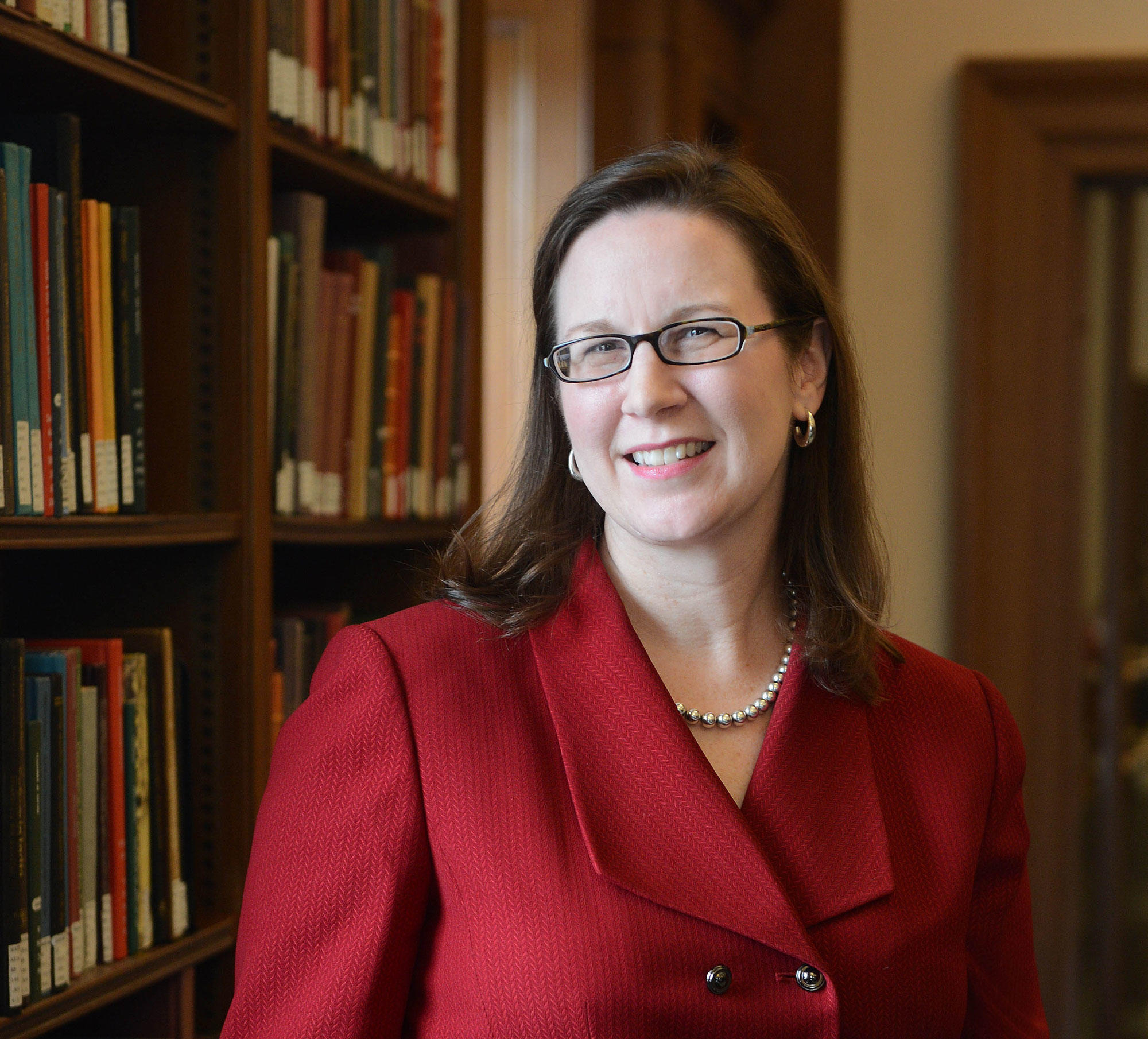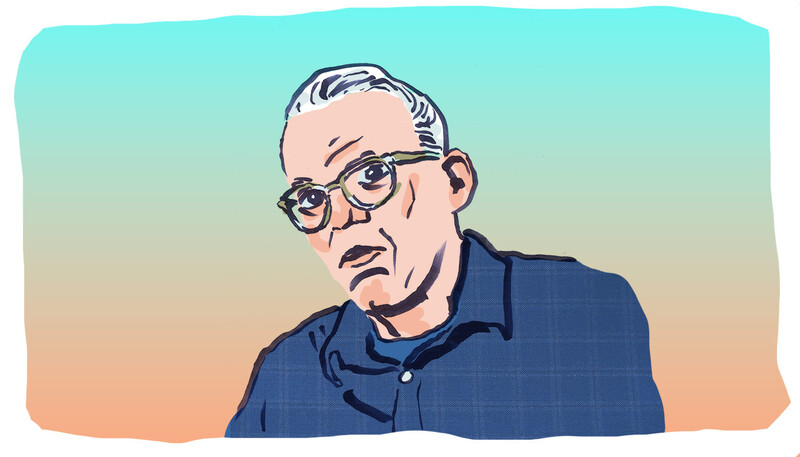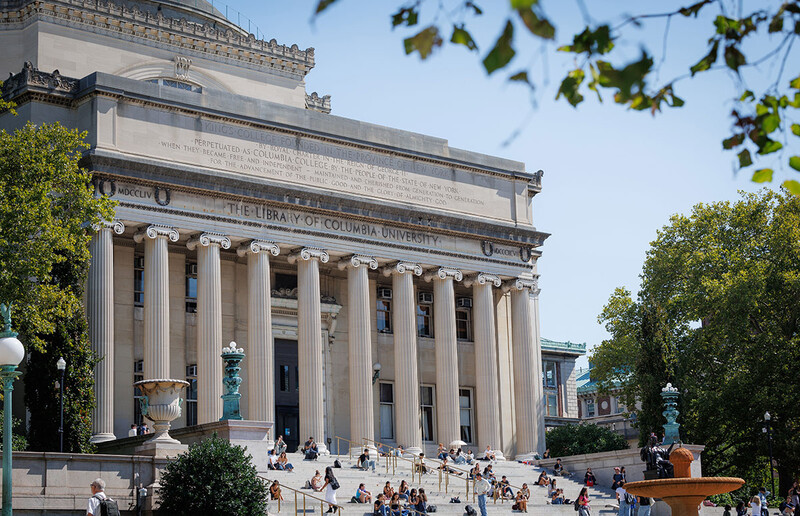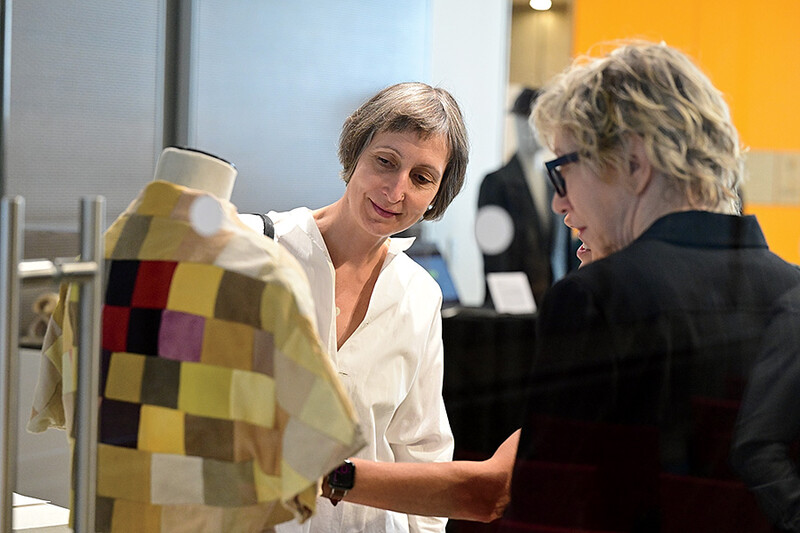Ann D. Thornton, a library-technology specialist who rose through the ranks of the New York Public Library (NYPL) to become one of its top officials, has been appointed Columbia’s head librarian. She succeeds James G. Neal ’73GSAS, ’76LS, who retired last winter after thirteen years in the position.
As the University librarian and vice provost, Thornton now manages one of the five largest academic-research library systems in North America, containing more than twelve million print volumes, 160,000 journals and serials, and extensive electronic resources spread out over twenty-one campus libraries. She also oversees a number of Columbia offices that provide information-technology support and training, online-education tools, and copyright and publishing services.
A native of Greenville, North Carolina, Thornton began working for the NYPL as a public-training coordinator at its Science, Industry, and Business Library in Midtown Manhattan in 1996 and soon took on management positions at that branch and at the city’s nearby Humanities and Social Sciences Library. In 2012, she was named the NYPL’s Andrew W. Mellon Director — a position that gave her responsibility for collection development, preservation, electronic services, reference and research services, and exhibitions across the city’s entire public-library system.
“Ann’s broad experience is ideally suited to the task of harnessing both digital technology and intellectual vision to expand our collections and enhance their long-term value not only to our University, but also to our society,” said President Lee C. Bollinger in announcing Thornton’s hire this spring.
Thornton says she is looking forward to expanding Columbia’s collections in a way that supports the University’s research and educational missions. For example, as Columbia becomes a more global institution, she sees the libraries’ vast collections of non-English-language materials playing an increasingly important role.
“Today, about 55 percent of new library materials acquired by Columbia each year are in languages other than English,” she says. “In total, we have about 450 languages represented in our collections, with about thirty languages represented by ten thousand or more volumes. That is astounding. It’s an aspect of Columbia’s libraries that has always been exceptional, even compared to other academic-library systems. And as we move forward, our librarians are going to be working closely with their patrons across the University to determine how these collections should be expanded so that we might better understand and engage with the world beyond our borders.”



